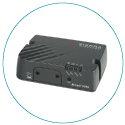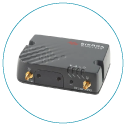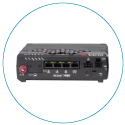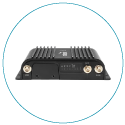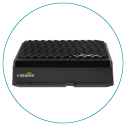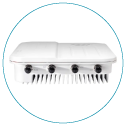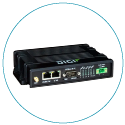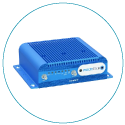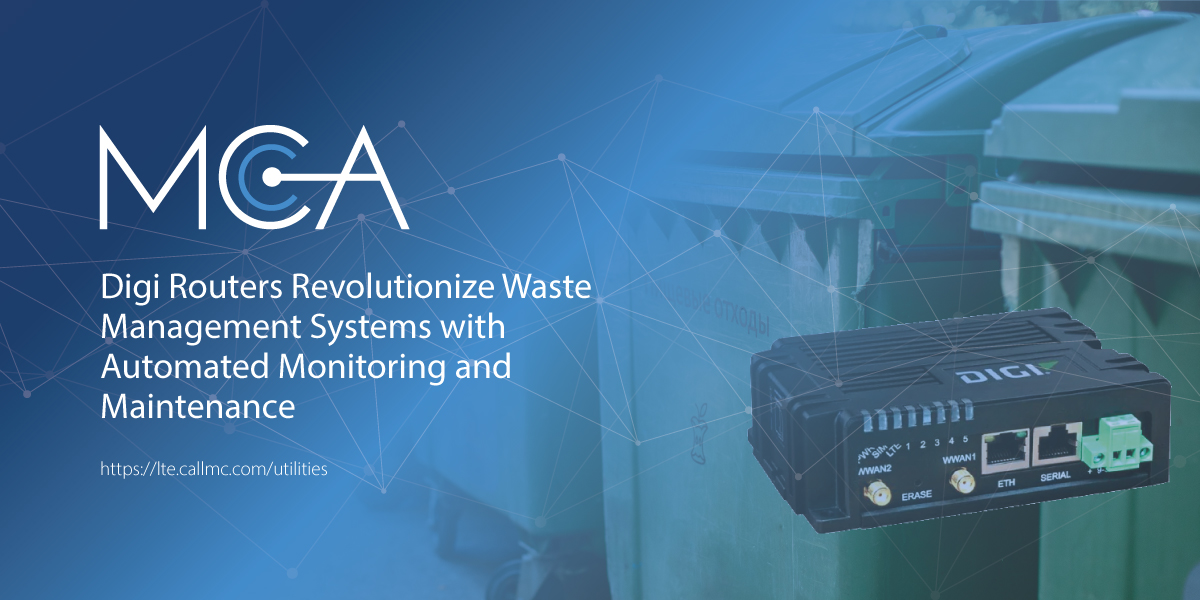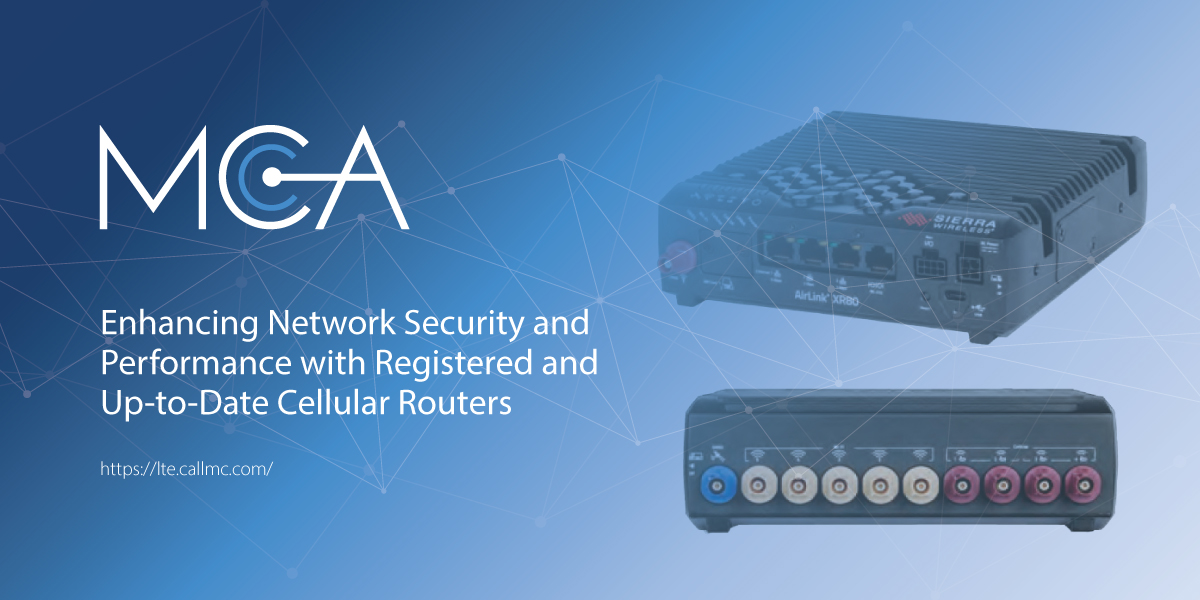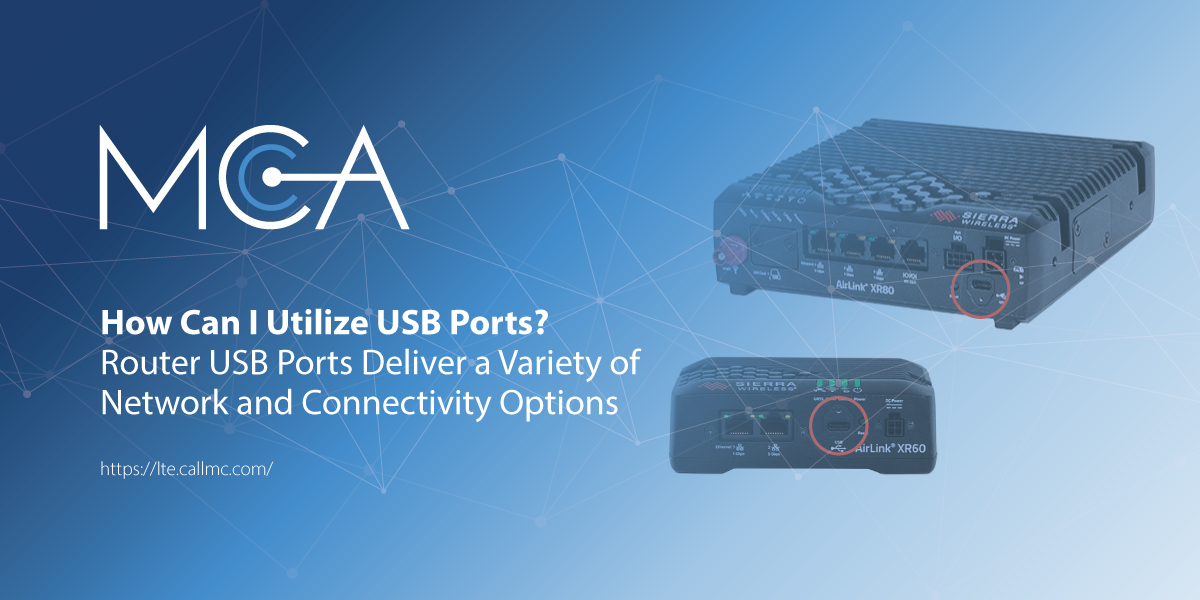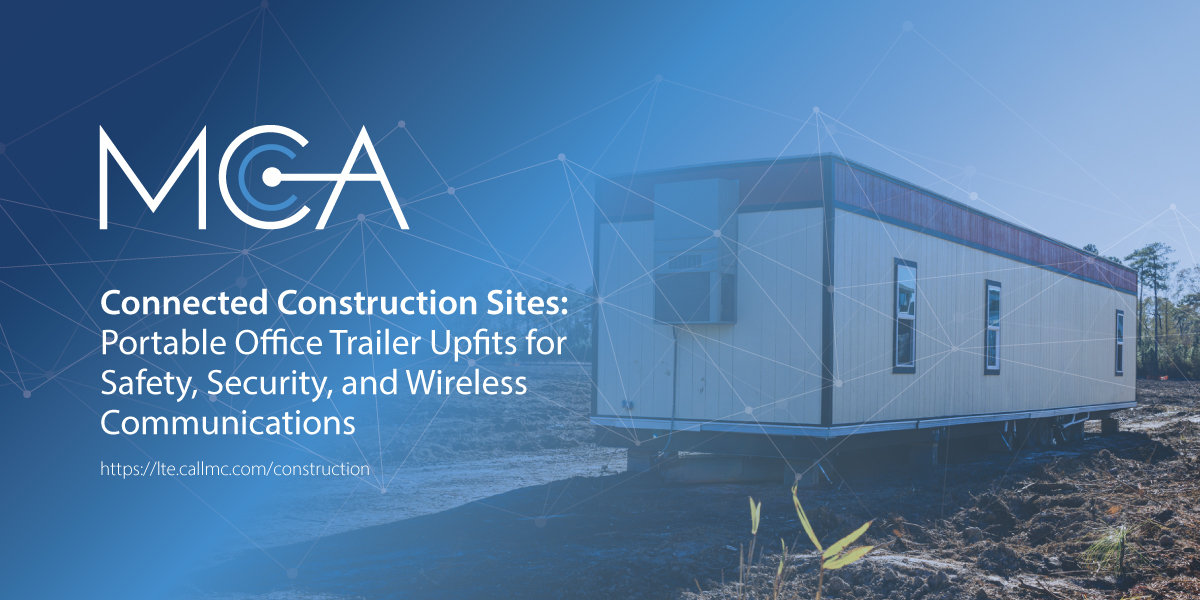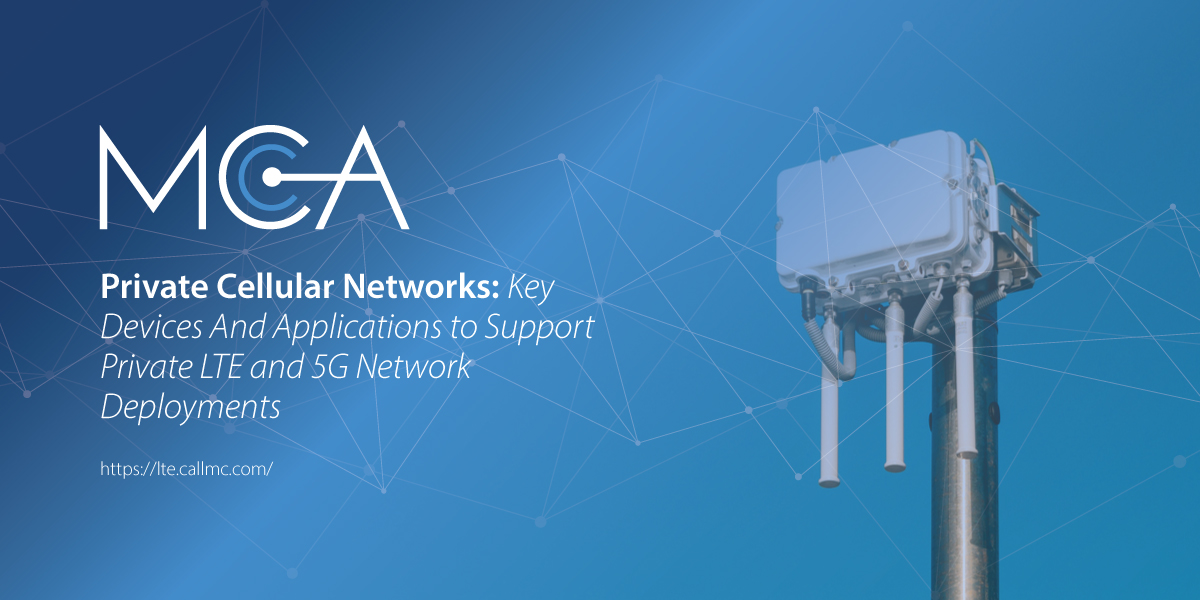USAT Delivers Cellular Solutions to Schools
Helping Students, Staff and Administrators Connect Inside the Classroom
Only 47% of school districts nationwide are meeting the FCC’s recommendation of 1 Mbps per student for broadband speeds. Slow Internet speeds in the classroom jeopardize our students’ ability to learn, furthering the widening gap in educational inequities.
For students today, internet access is as important as textbooks. From equipping school buses with Wi-Fi to delivering broadband to students' homes, educational administrators and school district IT departments have been exploring creative ways to provide internet access to their students.
But many school districts still struggle with providing adequate internet access to students while they are at school. As the statistic above reveals, more than half of all of America’s students need better broadband in the classroom.
At USAT, we provision, activate, and install school wireless solutions in the form of state-of-the-art routers that deliver reliable and robust Internet access across your entire campus. Our solutions are designed to serve large public and private schools, as well as smaller daycare centers and preschools. Additionally, we offer cellular network solutions for remote school employees and staff.
TABLE OF CONTENTS
USAT Delivers Cellular Solutions to Schools - Helping Students, Staff and Administrators Connect Inside the Classroom
Why You Need a Wireless Solution for Your School
Accommodating Building Layout
Temporary Classrooms and Portables
Campus Security
Special Events
Cellular Networking for School Classroom Connectivity
Wireless for Schools and the Connected Classroom
Cellular Networking for School eLearning and eTeaching Needs
Changing Network Technology Presents New Opportunities
Primary Routing
Failover and Out-of-Band Management
Connected School Buses
Cloud-Managed Everything
School Districts Use In-Vehicle Networking to Improve Learning and Safety
WiFi At Home
Content Filtering
Student Safety
Reducing Behavioral Issues
Cost-Effective Applications
Schools and Districts Utilize VoIP to Reduce Costs
VoIP with 4G LTE
Why You Need a Wireless Solution for Your School
When you strategically add wireless routers throughout your school, you gain the ability to provide every student with internet access critical to their educational success. Additionally, with cloud software and device management tools, school administrators and teachers are empowered to control the sites their students are visiting, shielding them from harmful content.
CIPA (the Children’s Internet Protection Act) was designed to protect young people from viewing violent and obscene online content. In order to better supervise your students’ internet usage, you need wireless Wi-Fi solutions for schools that allow you to both expand and closely monitor your students’ internet usage.
We offer CIPA-compliant wireless broadband solutions for schools with our vast inventory of high-performance routers, such as Cradlepoint’s E3000.
Cradlepoint’s E3000 5G Series Enterprise Router from USAT enables you to increase the bandwidth and speed of broadband inside your school. Designed for simple installation without the need for additional hardware and complex configurations, the E3000 from Cradlepoint delivers reliable performance and easy management in one compact device.
Accommodating Building Layout
The drastically different sizes of school buildings call for purpose-built connectivity solutions. In a small building, an all-in-one router might be perfect for multi-WAN connectivity and seamless failover through a single device. On a much larger campus, the school’s IT team might need a branch continuity solution that converts LTE into an ethernet connection, providing four-nines uptime.
Digital signage is an increasingly common technology at K-12 locations, and not just for the reader board in front of the main building. Schools are beginning to implement digital signage throughout campuses because the messaging can be adjusted remotely, at a moment’s notice, and without physical intervention. An LTE-enabled IoT router makes it easy to place digital signage anywhere on campus without having to extend fiber or ethernet connections to support the sign.
District IT teams benefit from solutions that also provide Out-of-Band Management capabilities through the cloud, allowing them to use LTE connectivity to remotely access either a primary router or any LAN-connected devices. Remote troubleshooting saves schools the time and expense of physically sending IT specialists to affected sites.
Temporary Classrooms and Portables

Campus Security
Special Events
Cellular Networking for School Classroom Connectivity
Both Cradlepoint’s E3000 5G router and the more compact E300 5G router (which is better suited for smaller and less geographically spread out learning facilities such as daycare centers and preschools) are compatible with private wireless networks such as Motorola Nitro™.
Private wireless networks or private LTE networks (PLTEs) help you control sensitive data and information such as student health records. When the FCC opened the CBRS Band 48 to the public in 2020, they made small-scale deployments of PLTE possible. Cradlepoint’s E300 and E3000 routers can connect with your school’s T1 line. When combined with Motorola Nitro’s plug-and-go PLTE network, school districts can create a lightning-fast and secure private broadband network.
Cradlepoint’s school wireless routers also provide failover protection in the case of an internet outage. If your T1 line fails, or slows to unacceptable predefined levels, your school can count on continuous connectivity by utilizing public carrier networks like Verizon.

Wireless for Schools and the Connected Classroom
Educators and students alike rely on high-speed internet to access educational materials and collaborate on projects. Today’s students share documents via tools like Google Drive and Dropbox. Technological advances in the classroom have made it a hospitable environment for students with disabilities. Teachers share resources across classrooms and across campuses. The list goes on and on.
But in order to take advantage of technology in the classroom, students and teachers need reliable internet access. They need school wireless capabilities that begin with the best wireless internet equipment and devices. Enter Cradlepoint’s best-in-class E3000 and E300 Wireless Internet Routers.
Pieces of connectivity equipment such as these are making the technological transformation in education possible by giving schools the bandwidth and broadband speeds they need to fully embrace the connected classroom.
Cellular Networking for School eLearning and eTeaching Needs
At the same time, school administrators often find that they need ways to connect with remote workers. Since the pandemic, a greater number of employees have traded their dress shirts for tee shirts, and the cubicle for the home office. This does not exclude education.
Cradlepoint’s E100 and E102 routers are built as a Work from Anywhere solution that allows school IT departments to manage networks from the cloud, setting security parameters and making network upgrades for their remote workforce from a distance.
Changing Network Technology Presents New Opportunities
Primary Routing
Failover and Out-of-Band Management
Cradlepoint routers leverage LTE networks to provide schools with reliable WAN failover. Schools that use LTE for back-up connectivity don’t have to worry that whatever caused a network outage on the wired network will also affect the failover source.
Additionally, Cradlepoint routers offer Out-of-Band Management (OOBM). When a primary router goes down, IT teams can use the Cradlepoint device, along with cloud management services within the Cradlepoint NetCloud platform, to access, troubleshoot, and often repair the primary router, regardless of the brand of the external device. This also allows districts to decrease their reliance on POTS lines and modems for troubleshooting issues remotely.
If, for example, a network administrator mistakenly misconfigures the access control list (ACL) and loses connectivity to that site, it’s not necessary to send someone on-site to remediate the issue. For a school district IT team with scarce resources (including available man-hours), removing the need for on-site visits to resolve a network outage at a school is critical.

Connected School Buses
Many school districts across the U.S. are turning their school buses into rolling hotspots by leveraging cloud-managed, 4G LTE-based routers for highly reliable wireless WAN and best-in-class WiFi for students.
Cradlepoint’s hardened and vehicle-ready routers enable CIPA-compliant WiFi with content filtering, giving youths the opportunity to do homework while traveling to and from school and extracurricular trips — turning what usually amounts to “lost time” into beneficial a studying experience.
Transportation departments can have real-time monitoring of their bus fleet by deploying AVL and telematics software in conjunction with Cradlepoint routers. This allows fleet managers to spot service issues and make repairs in a proactive method, instead of relying on bus drivers or maintenance personnel to report issues after the fact.
Also, security departments have access to onboard security cameras during emergencies, leveraging the 4G LTE network. The security footage can be uploaded to a central repository when buses are brought back into the depot using Cradlepoint’s WiFi-as-WAN functionality.
Cloud-Managed Everything
School Districts Use In-Vehicle Networking to Improve Learning and Safety

WiFi At Home
Although districts can provide connectivity while students are at school or school-related events, many students still lack access to the Internet once they arrive home. Current research estimates that more than 5 million households with school-age children do not have high-speed Internet access. That’s a problem, considering the ever-rising reliance on the Internet to complete homework assignments.
For students needing to complete homework assignments, engage in research, and even begin the college application process, the lack of Internet at home can be a significant roadblock to their educational success.
Coachella Valley Unified School District implemented a creative solution for providing Internet access. With 100 percent of Coachella’s student body on free or reduced lunch, the economic challenges of the community prevented home Internet access for many students. Similar to North Kansas City, Coachella put its school buses to work. As part of a “WiFi on Wheels” initiative, the district’s 100 school buses are equipped with WiFi and parked in strategic locations each night, bringing high-speed Internet access to students in poor communities.
As a result, the buses provide coverage for the district’s 1,250 square miles, including in the most rural and disadvantaged areas. Even during the evening, these students still have access to their school’s connectivity and can ensure their educational studies continue without interruption.
Content Filtering
Many of the applications that schools are using to improve K-12 education involve in-vehicle networking. Students need to be able to get online when riding the bus to and from school, to athletic or academic events, and on field trips. Always-on connectivity allows them to finish homework, check assignments, and see their latest test scores and grades. For example, one large district in Texas spans such a large area — 3,643 square miles — that the district is providing students with the ability to maximize those extended daily bus rides.
As demand for highly available, cloud-managed in-vehicle networking grows, so does the need for best-in-breed security. Districts must ensure children cannot access inappropriate sites or inadvertently invite malicious attacks on the network. To achieve this goal, IT teams configure in-vehicle routers with content filtering.
Student Safety
Along with secure WiFi access, the physical safety of students riding the bus is a key concern. CCTV cameras help districts monitor student behavior to prevent bullying and other issues. Some districts also monitor and record bus driver behavior, vehicle accidents, and illegal or unsafe driving by other motorists.
Emerging wireless On-board Diagnostic Systems (OBD II) allow school maintenance personnel to remotely monitor the condition of each vehicle’s engine and drive train. They also can use OBD II to monitor the way their vehicles are being utilized. If a bus driver displays a pattern of applying the brakes or accelerator too hard, that information is now available.
Reducing Behavioral Issues
One unexpected benefit of school bus connectivity is a reduction in behavioral problems when students are traveling from place to place. In Vail, Arizona, student disciplinary concerns “virtually disappeared” once Internet access was provided. And in Huntsville, Alabama, Huntsville City Schools noticed “a 70% decrease in discipline reports on buses that have WiFi.”
Reducing disciplinary issues on buses can free up teachers to spend more time proactively focusing on academic and trip-related goals instead of reactively dealing with student conflict.
Cost-Effective Applications
School districts across the country operate within tight budgets, which means administrators and IT departments are always looking for applications and processes that save time and money.
The elimination of multiple embedded systems is one-way districts are aiding their budgets. For example, a school vehicle serving students with special needs can deploy a comprehensive 4G LTE solution that keeps several mission-critical applications connected. Many paratransit buses come equipped with security cameras and DVRs to monitor student behavior; tablets to help drivers navigate to students’ medical appointments; and, in some cases, RFID tags and scanners to keep track of students.
Districts can keep multi-application buses as cost-effective as possible through Cradlepoint’s ruggedized routing solutions, which feature multi-carrier 4G LTE support with dual SIM capability.
Schools and Districts Utilize VoIP to Reduce Costs
Since changes to E-Rate funding took place in 2019, schools have been completely responsible for the costs of implementing and maintaining their voice services. As a result, many schools are turning to Voice over Internet Protocol (VoIP) phone systems to create efficiencies and reap cost savings.
Some sources suggest that most districts will see 40 percent to 80 percent cost savings on their phone systems by implementing VoIP. The following are a few of the costs associated with phone services that can be partially or entirely cut by making the shift to VoIP systems:
- Routing and service fees
- Call routing hardware
- Support and maintenance fees
- Usage and long-distance fees
In addition to hard cost savings, other advantages of VoIP phones include:
- Savings of time and man-hours for managing the system and making routine changes.
- Quick setup compared with wired phone lines, which can be particularly advantageous for a rapidly expanding school district or one that relies on portable classrooms.
- The ability for users to keep the same number, no matter where they might move within the district.
- The ability to gain advanced features at a lower price.
- The ability to keep phones operational during a weather emergency or other natural disaster (as long as the Internet connection also stays up).
While VoIP phones can yield significant cost savings, they require reliable, high-speed connectivity. According to EducationSuperHighway’s 2015 State of the States, 77 percent of schools have Internet speeds of 100mbps, while the State Educational Technology Directors Association recommends about 1 gigabit per 1,000 users. Many school districts will need to provision extra bandwidth to support the large VoIP packets — even districts that have recently deployed high-capacity networks to meet the growing bandwidth needs surrounding online testing and mobile device usage.
Without proper bandwidth and reliability, phone systems are likely to experience the following problems:
- Delay: Like other Internet applications, VoIP packets are subject to delay, and high latency can create call quality issues.
- Jitter: Created when the voice packet latency is inconsistent, which makes voices sound distorted.
- Packet loss: Occurs when there is excessive delay or network congestion.
- Dropped calls: Even an extremely brief network outage will cause calls to be disconnected.
Many schools choose to deploy wireless overlay networks to meet the demand for greater bandwidth, faster speeds, and more reliable connectivity. After all, always-on, high-speed connectivity is becoming increasingly critical for all facets of school functions, not just phone service.

VoIP with 4G LTE
Wireless overlay networks, which utilize 4G LTE Internet rather than traditional DSL or “plain old telephone service” (POTS) lines, can help network administrators load balance and offer higher-speed bandwidth during peak-usage periods (This improves service on all Internet-dependent applications, not just VoIP phones.). These wireless networks also can serve as a failover solution. Because wireless networks are not subject to the same outage causes as wired networks, districts gain greater assurance that their VoIP phones and other mission-critical applications will work during weather emergencies.
When seeking a wireless network solution to provide additional capacity and reliability, make sure you consider whether the solution offers the following features:
- 99.99% reliability with seamless failover.
- Dynamic packet prioritization to ensure optimal call quality.
- Out-of-Band Management (if you currently use telephone lines as failover/OOBM).
- The ability to pool data among multiple locations to efficiently manage data usage in accordance with your data plan.
About USAT
For over 25 years, USAT has provided mobile communications solutions for various retail applications across the USA. With our extensive catalog of world-class routers, gateways, and software designed for remote monitoring and management in even the harshest environments — you can count on us to get and keep you connected.
Better mobile connectivity translates to less manual equipment maintenance, reduced downtime, and an overall increase in your business's ROI. Contact the experts at USAT to learn how our wireless networking solutions can help meet your organization's exacting needs.
Share this Post



